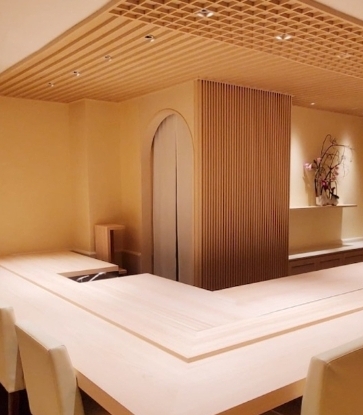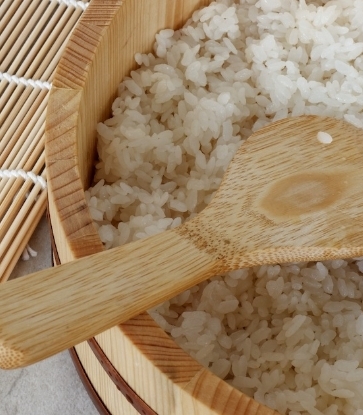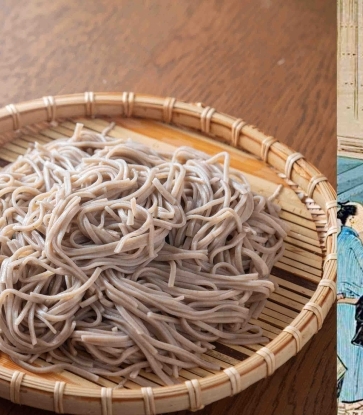It is all about precision and finesse at two-Michelin-starred Shoukouwa where chef Masakazu Ishibashi helms the fort. The Hokkaido native started learning to make sushi when he was 10, and started from the very basics. Each day after school, Masa would head to his father’s sushi restaurant where he would start cleaning up and washing the fish and vegetables. It was only later that he moved on to learning how to slice the fish and peel the shrimp.
“It was all done step by step,” shares Masa. “Doing sushi is a very dedicated and very detailed process, so if I do one thing and not complete it, it is very difficult to move on to the next step. They are all related,” he continues.
While other kids his age would go out to play after school, Masa would head home to learn to make sushi from his father.
One of the hardest things for him to learn was being able to slice the fish right. Masa shares that at the start, he didn’t know how to use the sushi knife properly, and had to observe his father at work to grasp the art of wielding the sharp tool. Even then, he practised every day, taking care to mimic the fine strokes his dad would apply to get the technique down right.
“Usually when we slice the fish, we can’t put too much pressure or the meat will [tear] and the water from the fish will come out,” says Masa.
“So, we need to be careful about slicing and getting the pressure just right. It is also about how thick and how big the fish is — you need to think about these things.”

Making sushi might be Masa’s hobby, but the 36-year-old also holds a passion for cars. “In a way, sushi is kind of like assembling a car,” says Masa.
It's all about the human touch here. To Masa, the gentle caress of fingers pressing fish and rice together is similar to how craftsmen put together a car with skill and attention to detail. Modern technology might have invented machinery to assemble a car or even to slice fish at a quicker rate, but Masa believes human hands are still more sensitive and attuned to sensing even the smallest of mistakes. Just as a trained craftsman can run a gloved hand over the car's surface and detect less than a millimetre of difference in the uniformity of the foam underneath, a sushi chef too has to feel and handle the different texture and weight of each fish he slices.
“All the internal engines and door, the handle, everything [when it comes to making a car] has to be precise. Sushi is the same,” shares Masa. “All the steps in making sushi need to be detailed, and all need to be perfect. Step by step, you put it together and make the one sushi or car.”
Seeking out inspiration
Although Masa has been making sushi for nearly 26 years, the good-natured chef believes he is always learning. Travel is how he collects new food impressions and turns them into delicious morsels at Shoukouwa.

His advice to young chefs: Start with peeling the vegetables and keep practising cutting up ingredients. “You need to feel how to use the knife. It is the most important part — slicing the fish,” says Masa.
“We need to be more consistent, always. Perfection, every day, 100 percent over 100 percent.”




















